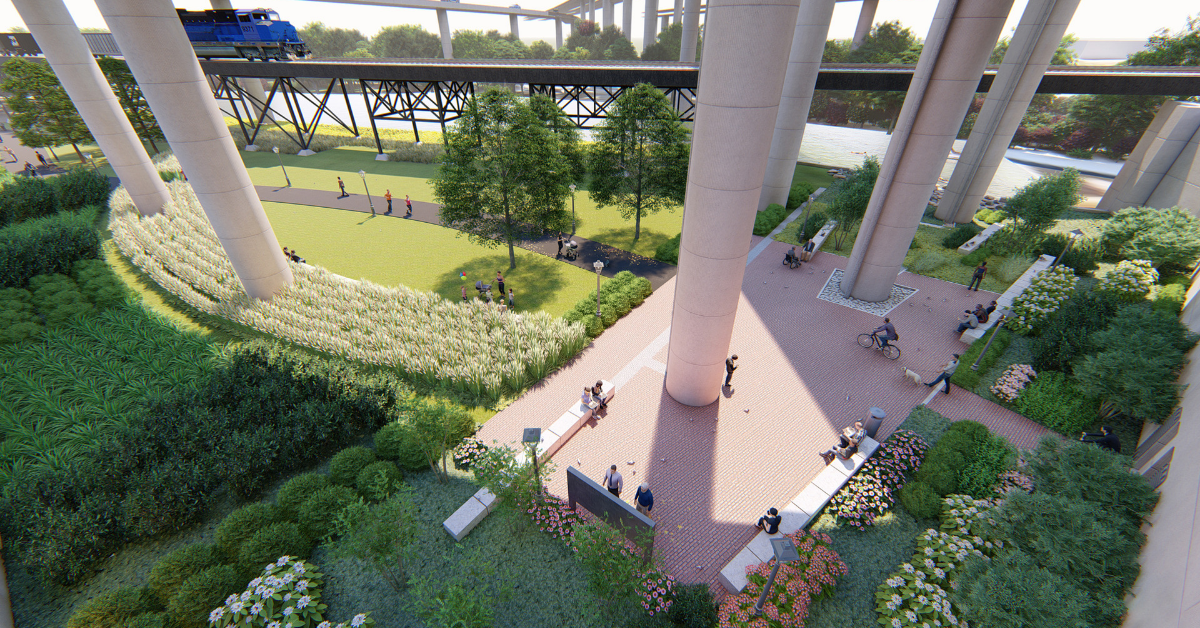
“Human beings need contact with nature and the natural environment. They need it to be healthy, happy, and productive and to lead meaningful lives. Nature is not optional, but an absolutely essential quality of modern urban life.” (1)
In the recent past, cities and nature were treated as distinct entities. Cities were developed and roads were paved. In contrast, nature remained merely as an accent or as part of the outskirts of the cityscape.
But now, cities across the world are going through a “renaturing process.” They are working to integrate nature and the city together, and they do so in three primary ways. “They expand the use of green infrastructure. They protect and enhance ecosystems and biodiversity. And they provide people with ways to immerse in nature.” (1)
Expanding green infrastructure is as practical as it is attractive. For example, cities have found that increasing green space can be an incredibly effective way to manage excess rainwater. The benefits aren’t anecdotal, they’re measurable – which is making it an easier choice for more and more regions to implement similar initiatives.
Similarly, some cities are protecting or restoring an area’s natural ecosystem and biodiversity because it can directly benefit the city itself. Bodies of water provide opportunities for agriculture, recreation, and industry. In addition, areas like marshes and wetlands protect regions from flooding.
Finally, more cities are working to reconnect humans to nature because of the clear and direct benefit that interacting with nature has on one’s well-being. Cities that recognize this need, strive to increase the amount of green space and make accessing it easier so that their citizens can reap the rewards.
Get specific examples, and learn more, by reading the full article here.
(1) nextcity.org/features/view/the-city-within-a-garden

